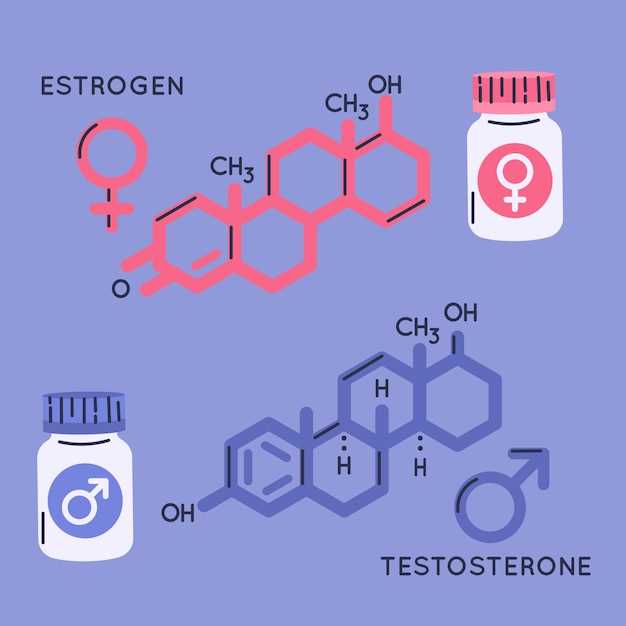
Choosing the right medication for your condition is crucial. Understanding the differences between tamsulosin and finasteride can help you make an informed decision for your health.
Mechanism of Action Comparison
Tamsulosin and finasteride are medications used in the treatment of benign prostatic hyperplasia (BPH), but they work through different mechanisms of action.
Tamsulosin is an alpha-blocker that works by relaxing the muscles in the prostate and bladder neck, which helps to improve urine flow and reduce symptoms of BPH. It specifically targets alpha-1 receptors in these tissues, leading to smooth muscle relaxation and alleviation of urinary symptoms.
On the other hand, finasteride is a 5-alpha-reductase inhibitor that works by reducing the levels of dihydrotestosterone (DHT), a hormone that contributes to prostate enlargement in BPH. By inhibiting the conversion of testosterone to DHT, finasteride can slow the growth of the prostate gland and help to relieve BPH symptoms over time.
Mechanism of action comparison
Both tamsulosin and finasteride are medications used to treat benign prostatic hyperplasia (BPH), but they work in different ways.
Tamsulosin
Tamsulosin is an alpha-blocker that works by relaxing the smooth muscles in the prostate and bladder neck. This relaxation helps to relieve the symptoms of BPH, such as difficulty urinating, weak stream, and urgency.
Finasteride
Finasteride, on the other hand, is a 5-alpha-reductase inhibitor that works by blocking the conversion of testosterone to dihydrotestosterone (DHT). DHT is a hormone that contributes to prostate growth. By reducing DHT levels, finasteride can shrink the prostate gland and improve urinary symptoms.
While tamsulosin provides symptom relief by relaxing muscles, finasteride targets the underlying cause of BPH by reducing the size of the prostate gland.
Indications and uses
Tamsulosin:
Tamsulosin is primarily used to treat symptoms associated with benign prostatic hyperplasia (BPH), a non-cancerous enlargement of the prostate gland. It helps to relax the muscles in the prostate and bladder neck, making it easier to urinate. Tamsulosin is also sometimes prescribed to help with kidney stones by relaxing the muscles in the ureter, facilitating the passage of stones.
Finasteride:
Finasteride is indicated for the treatment of BPH to improve symptoms and reduce the risk of developing acute urinary retention or the need for prostate surgery. It works by inhibiting the conversion of testosterone to dihydrotestosterone (DHT), a hormone that contributes to prostate growth. Finasteride has also been approved for the treatment of male pattern baldness (androgenetic alopecia) in men.
Side effects and contraindications
Tamsulosin and finasteride can cause various side effects and have certain contraindications that need to be considered before starting treatment.
Side Effects:
- Tamsulosin:
- Dizziness
- Headache
- Fatigue
- Retrograde ejaculation
- Orthostatic hypotension
- Finasteride:
- Decreased libido
- Erectile dysfunction
- Gynecomastia
- Depression
- Testicular pain
Contraindications:
- Tamsulosin:
- Known hypersensitivity to tamsulosin or sulfa drugs
- Severe liver impairment
- Patients with low blood pressure
- Finasteride:
- Pregnant women or women planning to become pregnant
- Children and adolescents
- Patients with liver dysfunction
- Patients with a history of prostate cancer
Cost and availability

When considering tamsulosin and finasteride, it is important to note the differences in their cost and availability.
1. Tamsulosin is generally more affordable compared to finasteride. It is available in generic form, making it a cost-effective option for those seeking treatment for benign prostatic hyperplasia (BPH).
2. Finasteride, on the other hand, tends to be more expensive. It is available under brand names such as Propecia and Proscar, which can drive up the cost of treatment.
Tamsulosin:
- Available in generic form
- Cost-effective option
Finasteride:
- Available under brand names Propecia and Proscar
- Generally more expensive
Overall, the cost and availability of these medications can play a significant role in a patient’s decision when choosing between tamsulosin and finasteride for the management of BPH.
